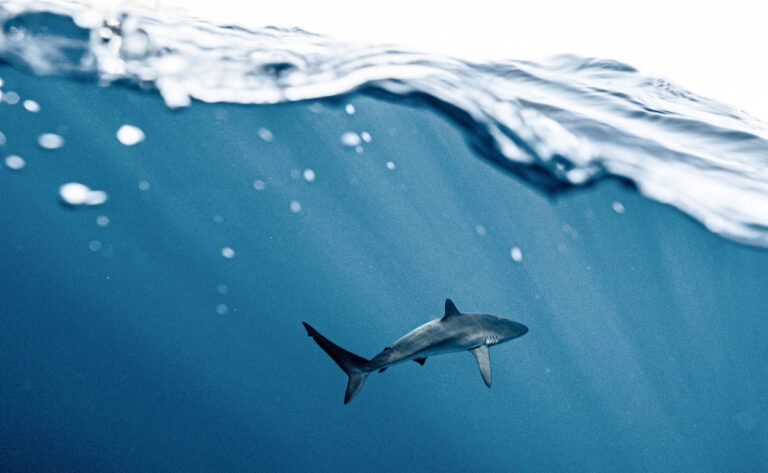Feet-eating ‘mini sharks’ terrorise Californians
Swarms of tiny but very aggressive “mini shark” sea bugs have been targeting beach-goers in Southern California. Their go-to delicacy? Human feet.
The bugs have been identified as water-line isopods (also known as Excirolana chiltoni), a crustacean species that grows to be around 0.3 inches (0.8 centimetres) long and can form swarms of more than 1,000 individuals. A fish pedicure on steroids, basically.
Headed to the beach this holiday weekend? WellBeachgoers in SoCal are being targeted by swarms of tiny, aggressive sea bugs, called “mini-sharks," that seem to have a fetish for feet, snapping at the ankles of folks walking along the shoreline. Enjoy the long weekend. @KFIAM640 pic.twitter.com/tULNd58DgE
— The John Kobylt Show (@JohnKobyltRadio) September 3, 2022
The sea creatures have been nicknamed “mini sharks” for their bite, which has been described by victims as being “painful” and “surprising.” Those attacked also noted how, even though the pain faded after a span of 15 to 20 minutes, their feet and ankles looked like they had been gnawed at by a group of tiny piranhas.
The bugs quickly find barefoot individuals and will bite into their flesh, drawing blood. Since the animals are so small, the bites are tiny but painful like a pinprick. On these terms, experts advise rapidly shuffling one’s feet to reduce the number of bites.
If, like us, you’re terrified about potentially encountering the species on your morning swim, write this down: the sea bugs live in the shallow waters of the Pacific Ocean and seasonally migrate up and down the coast—leaving in their wake a wave of beach-goers hopping in pain.
Here’s another ‘fun’ fact: their ability to quickly strip flesh from other animals can make them a pest. They can damage fish cultivated in net pen fish farms and can hinder the work of forensic pathologists with regard to drowned victims.
Honestly, we’re not sure which is worse—these “mini sharks” attacking you by the thousands or an actual full-grown shark walking up to you on the beach?






